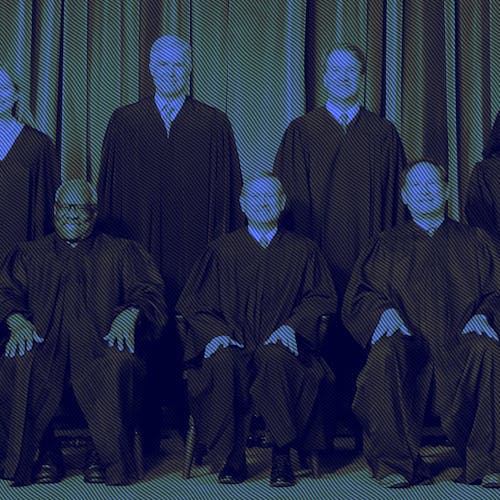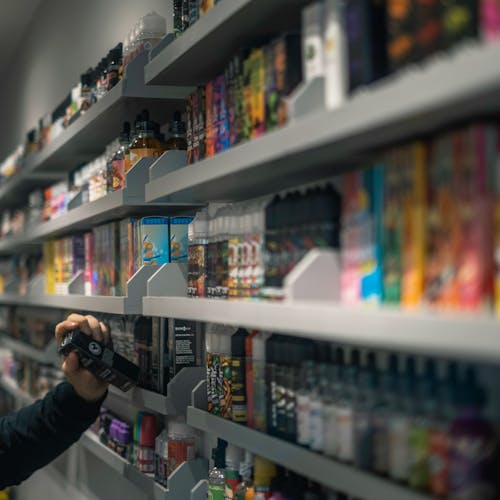BEZAWADA: Opportunity paves path for continued hope, discovery

"My battery is low, and it is getting dark." After the 15-year-old rover Opportunity drew its final breath on the lonely Red Planet, the news of its last message took the internet by storm. Photo edits, GIF sets and posters flooded social media in heart-wrenching artistic renderings of the haunting words. The end of humanity’s favorite robot, that was originally intended to travel less than half a mile for 90 days, but against all odds lasted approximately 15 years and 28 miles, could not have been on a more fitting occasion: The day before Valentine’s Day on Perseverance Valley.
All of which did nothing to ease the sudden sadness of people all over the world.
But it is worthwhile to take a step back from the whirlwind of sorrow and face the facts: Opportunity never actually said that. Opportunity’s final message was a lump of data that “basically” translated to the now-famous quote, according to a Twitter post by KPCC science reporter Jacob Margolis. Over its long life, Opportunity beamed more than 217,000 images and 15 360-degree color panoramas back to Earth. It also discovered the mineral hematite (a strong indicator of water) and revealed at Endeavor Crater the striking possibility of the existence of ponds and lakes.
A massive dust storm blocked the rover’s solar-powered sensors eight months ago, and scientists tirelessly attempted more than a thousand times to contact it since then. The engineers even played it music, a list of songs now compiled under space.com’s public Spotify playlist entitled “Opportunity, Wake Up!”
What really fascinates me is society’s abrupt attachment to a rover largely forgotten — save for space enthusiasts and occasional groundbreaking discoveries — since its landing on Jan. 24, 2004. The symbolic martyr of the human race, blanketed dry and alone on a distant planet’s surface, is like something out of the film “Interstellar.” People have shared a complex relationship with outer space since the space race of the 1960s. From fruitless attempts and wasted resources to the current problem of “space junk,” we have come a long way.
But one commonality remains: Our curiosity — pun intended — for mysteries that lay right before our eyes. Regardless of the intense debate in the 60s over the ridiculousness of the whole plan, millions of people all over the world with access to television or radios put aside their worries and conflicts and tuned in on July 20, 1969 to witness the Apollo 11 moon landing and Neil Armstrong’s first steps.
Humans are united by a hope for the seemingly impossible, and surge forward by the drive to make it possible. It is the foundation for the art, literature, religion and philosophies of every civilization that existed. It encouraged the Lewis and Clark expedition, Zheng He’s fleet and all other explorations whose ultimate source stemmed from individuals who dared to openly question the limits of their world.
The rover Opportunity, as its namesake, is a vicarious culmination of everything humans hope to achieve, regardless of societal boundaries or individual opinions. In an interview with 60 Minutes, astrophysicist Neil deGrasse Tyson said this universal sentiment: “Earth is just another planet. From a distance, it’s a speck … If everyone had a cosmic perspective you wouldn’t have legions of armies waging war on other people because someone would say, ‘Stop, look at the universe.’”
Space, really, is a mirror. Our awe at the vastness of the universe parallels the realization of how small we are in the grand scheme of things. But instead of feeling meaningless, people strive to care for the pale blue dot they call home. In the interview, Tyson discussed the impact of the Apollo 8 mission, which took the first photos of planet Earth.
“Earth Day was founded. Leaded gas was banned. DDT was banned. All of a sudden people were thinking about Earth as a world, that we’re all in it together. We’re thinking we’re exploring the moon and we discovered the Earth for the first time,” he said.
In relaying the first-ever photos of Mars, the rover Opportunity, alone in the cold dark of space just like Apollo 8, showed us the warmth of home.
Twenty-five years ago, in Siberia, Russia, a girl was born. Laurie Collis adopted her and named her Sofi. At 9 years old, Sofi was selected from 10,000 applicants to name two rovers that would explore Mars a year later. “I used to live in an orphanage,” she said, according to her essay for the naming contest. “It was dark and cold and lonely. At night, I looked up at the sparkly sky and felt better. I dreamed I could fly there. In America, I can make all my dreams come true. Thank you for the 'Spirit' and the 'Opportunity.'"
The rover lived for 5,499 days, but opportunity lives on. Thank you, Oppy. You did well.
Sruti Bezawada is a Rutgers Business School and School of Arts and Sciences sophomore double majoring in marketing and communications and minoring in Japanese. Her column, “Traipse the Fine Line," runs alternate Wednesdays.
*Columns, cartoons and letters do not necessarily reflect the views of the Targum Publishing Company or its staff.
YOUR VOICE | The Daily Targum welcomes submissions from all readers. Due to space limitations in our print newspaper, letters to the editor must not exceed 500 words. Guest columns and commentaries must be between 700 and 850 words. All authors must include their name, phone number, class year and college affiliation or department to be considered for publication. Please submit via email to [email protected] by 4 p.m. to be considered for the following day’s publication. Columns, cartoons and letters do not necessarily reflect the views of the Targum Publishing Company or its staff.



